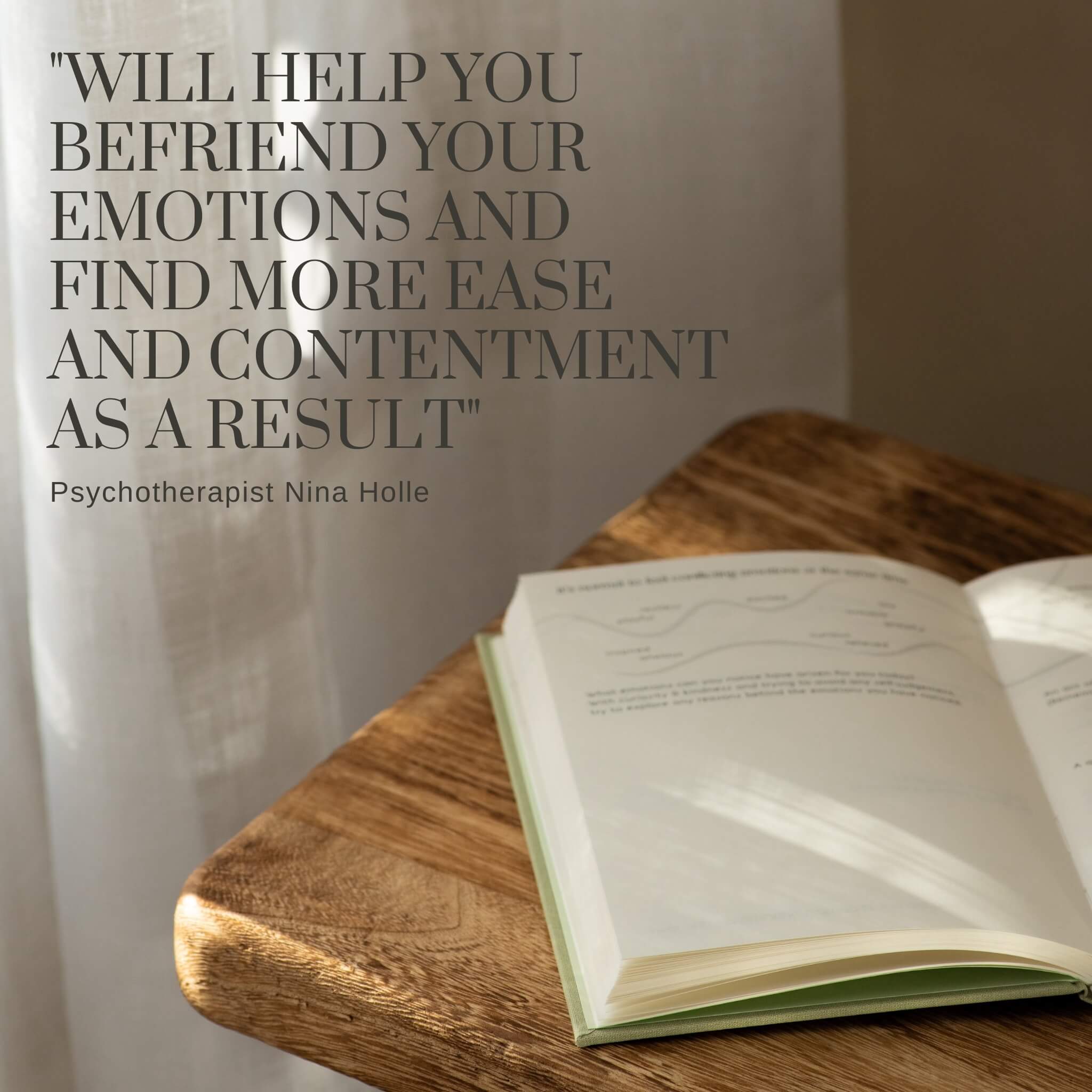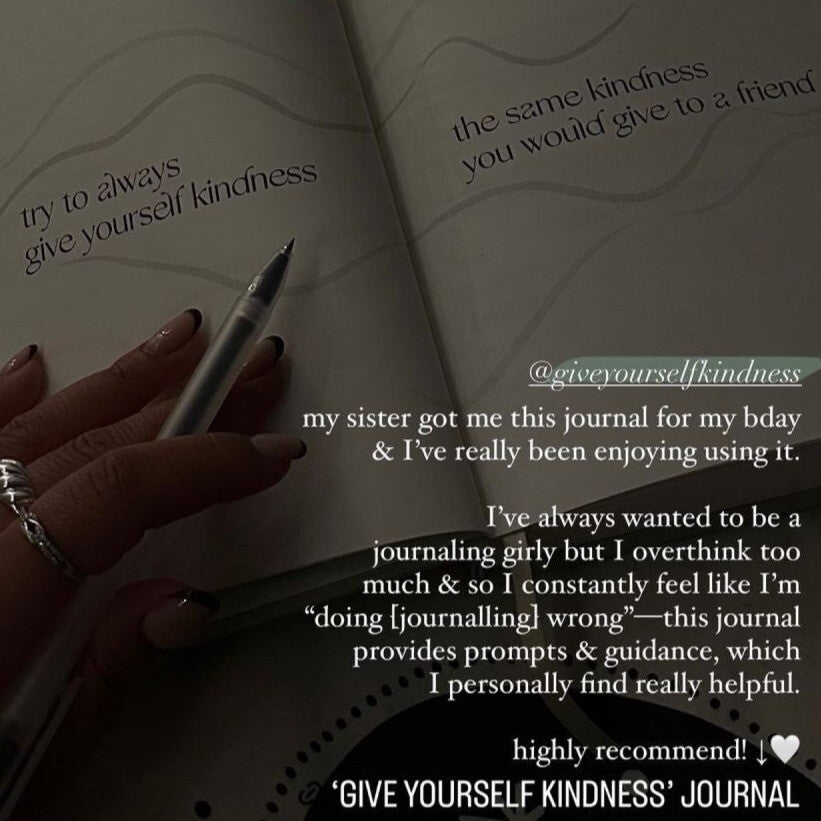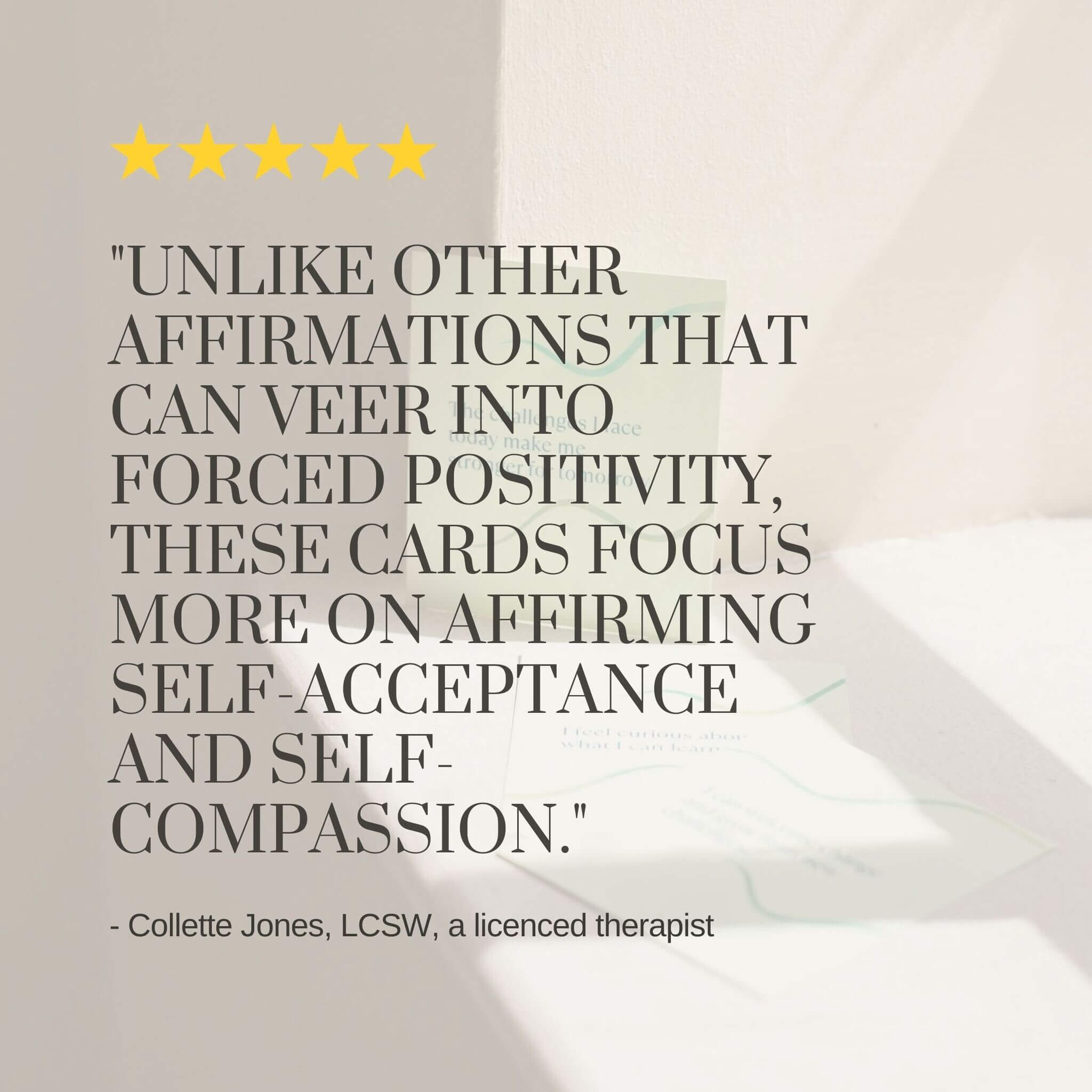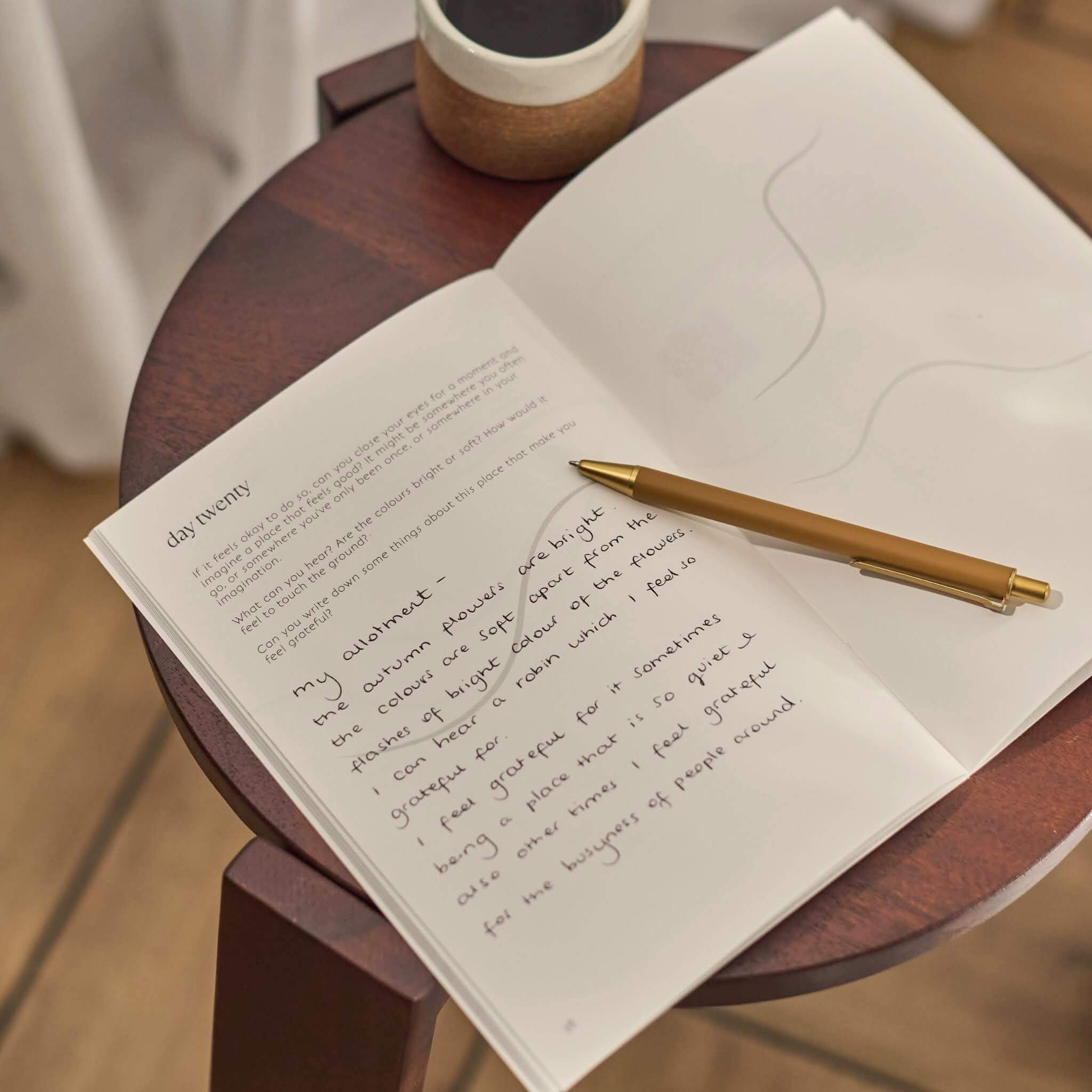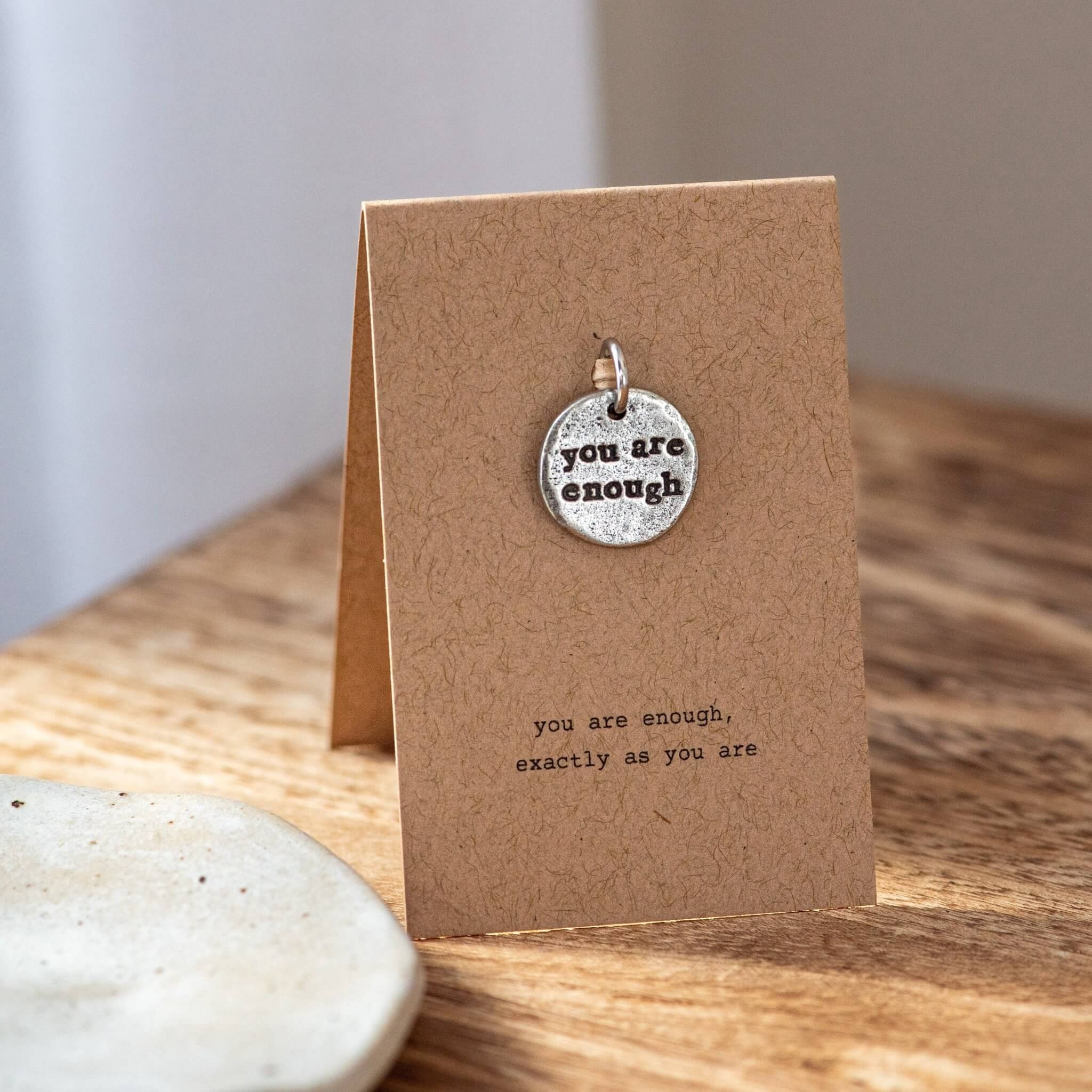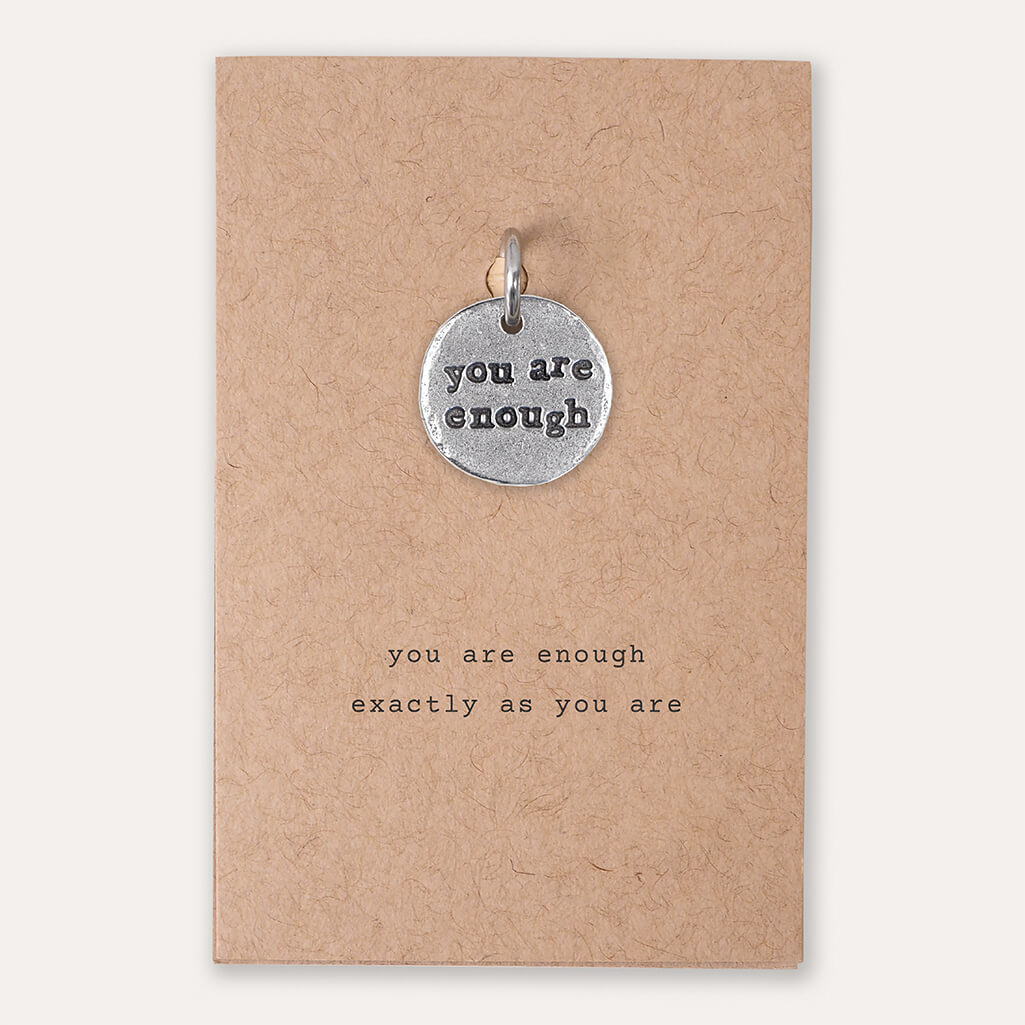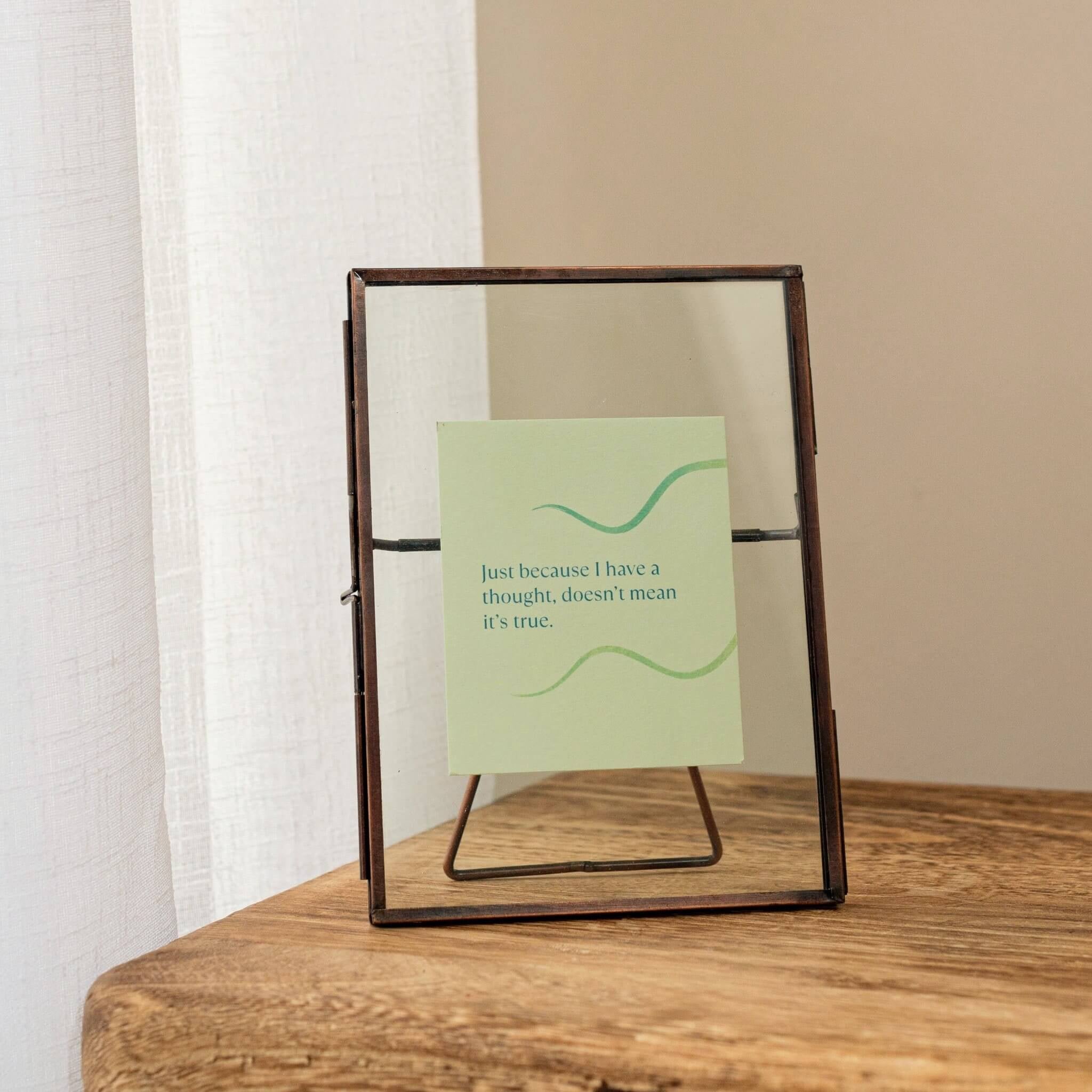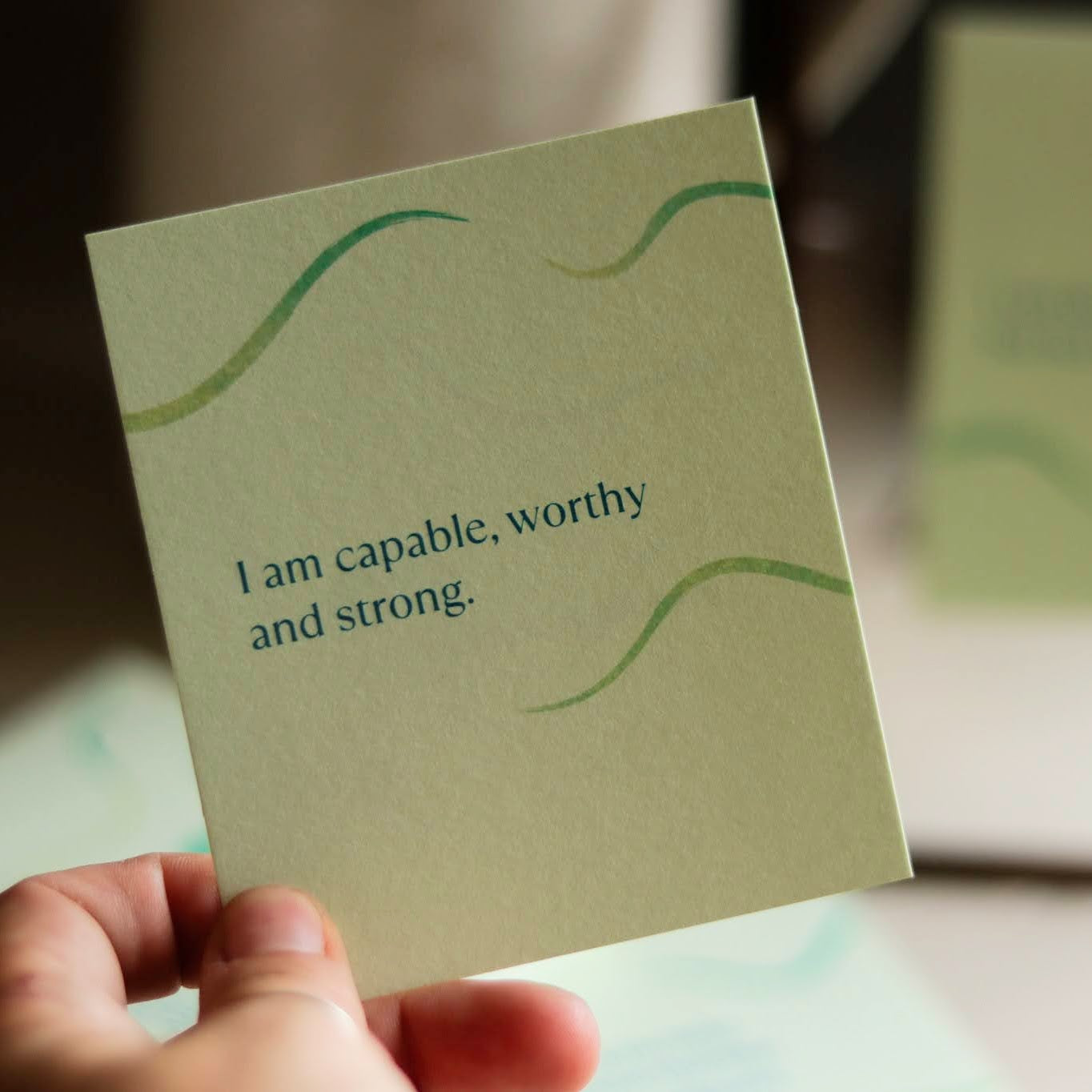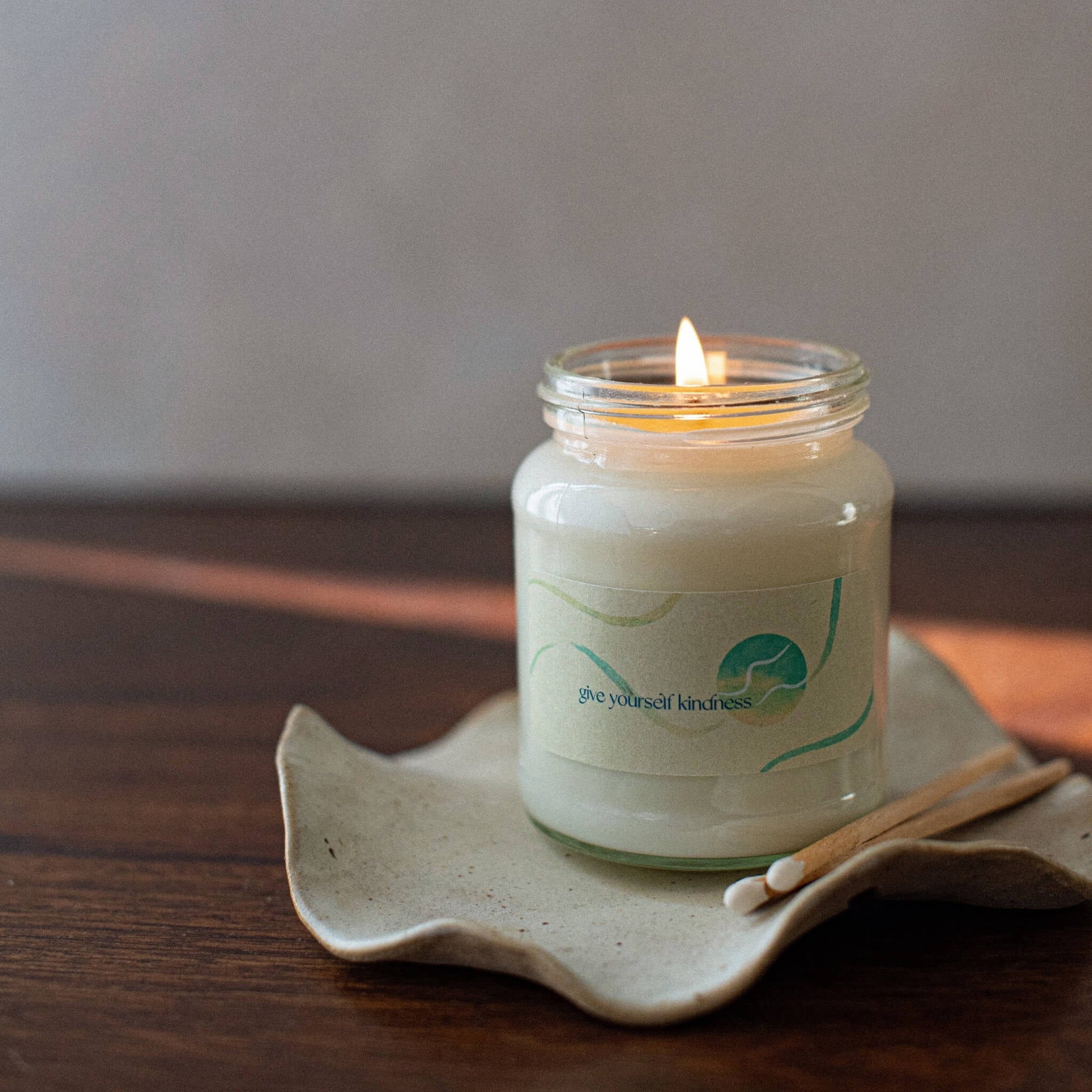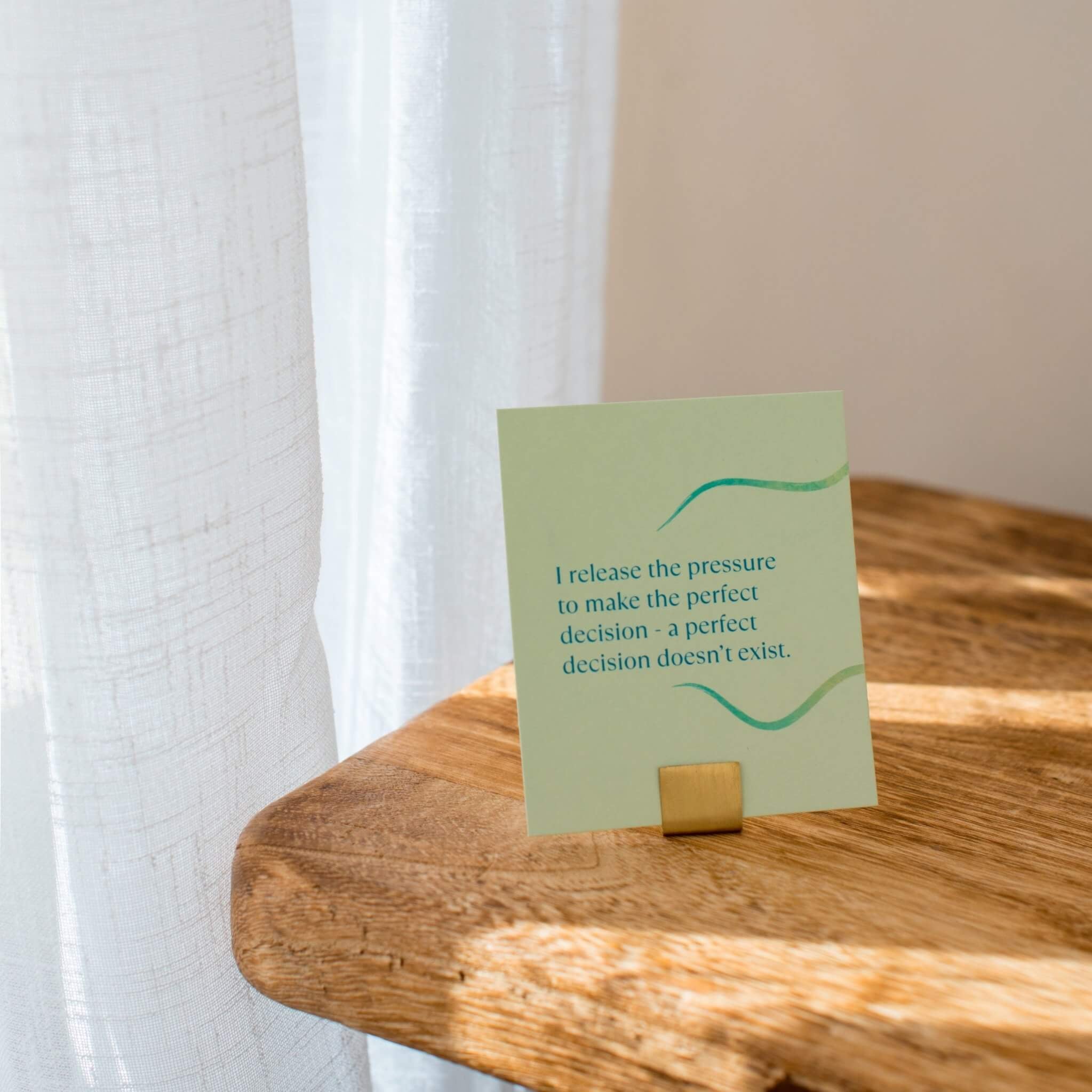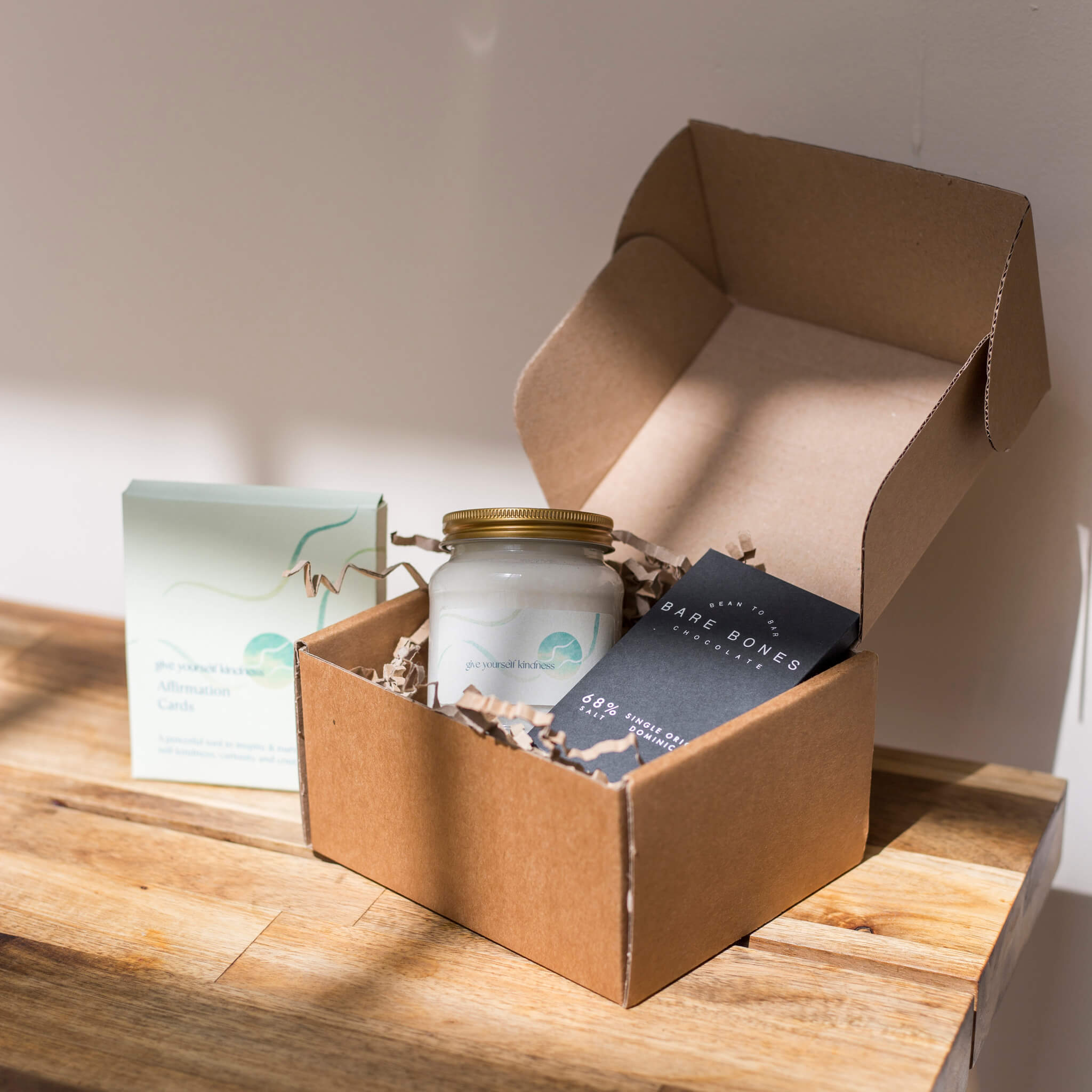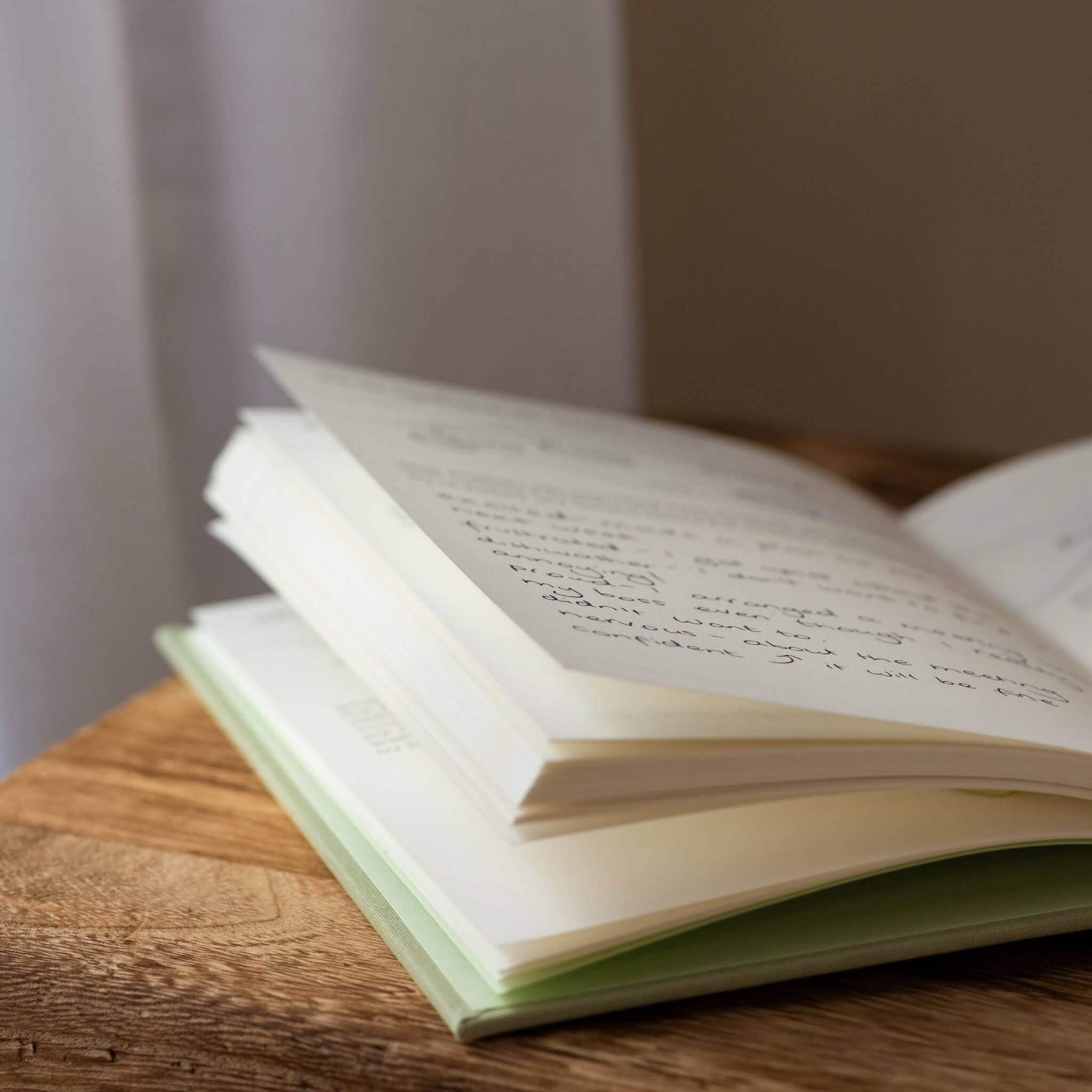written exclusively for Give Yourself Kindness by Dr. Natalie Chua, a clinical psychologist and somatic psychotherapist specializing in the treatment of eating disorders and trauma.
What is self-compassion
Self-compassion is getting popular these days. But what exactly does self-compassion entail?
In short, self-compassion is a practice that involves three key components.
1. Mindfulness or presence
The practice of turning toward your moment of struggle with awareness and curiosity.
2. Self-kindness
The willingness and ability to support yourself in the same way you would treat someone you cared deeply about when they are struggling.
3. Common humanity
Remembering that you are not crazy or broken for making mistakes, and for experiencing varying degrees of pain and loss. This is an experience we all share as living beings.
Experiencing self-compassion
One of the most immediate ways that you can access self-compassion is by caring for your experience through the practice of soothing touch.
What came to mind when you read the word touch?
I’d like to invite you to pause here and really sense into your bodily experience right now as you consider your own relationship with touch.
*Please pause and give this a try before reading any further*
What arose for you?
Perhaps there was a sense of curiosity, aversion, awkwardness, excitement, ambivalence, or even disgust as you reflected on your relationship with touch.
I’ve offered this reflection to many students when teaching somatic self-compassion. More often than not awkwardness arises as touch is associated with intimacy or within a sexual context. In other cases, it just seems to be a foreign concept to consider within a group setting.
Whatever your association was, I’ll like to invite you to bring a beginner’s mind as you read on.
In this article, I’ll be sharing some practical ways that you can begin to use intentional touch to soothe, nurture, and nourish your body, mind-heart, and spirit. And in the process, show you how it can support your practice of cultivating more self-awareness and self-compassion.
Self-compassion is not a mental exercise
Most people think about practices such as mindfulness and self-compassion as mental exercises; however, this cannot be further from the truth.
You cannot talk our way out of dis-ease and distress because emotions are somatic experiences, meaning, they are first and foremost experienced in the body, and not just the mind.
Think about it for a moment – when you’re anxious, angry, happy, exhilarated, or ashamed how do you know you feel the way you do besides your thoughts?
'Every emotion has a bodily correlate'
Every emotion has a bodily correlate, but because we as a species are so accustomed to giving our attention to thoughts, we have lost touch with the art of listening and being in close relationship with our bodies.
Self-soothing as a way of caring for our experience
Self-soothing invites us to consider ways of soothing and calming our mental and bodily agitations by orientating our attention to a way of being that steadies, soothes, and calms our inner energies, rather than further inflame our heart, body, and mind.
Self-soothing offers you the chance to experience ease, calm, and balance through your body, rather than through incessant thinking.
'Self-soothing offers you the chance to experience ease'
In this spirit, I’d like to share a self-soothing practice with you so you can experience this for yourself.
Practice Caveat:
My invitation to you is to try this practice with an open heart and mind. Please also try this practice when you are feeling mildly to moderately upset rather than overwhelmed.
This practice is offered as a resource to support you in developing a new relationship with your body, heart, and mind rather than as a band aid to control or get rid of your present moment experience.
Most importantly, do not take my words to be the ultimate truth. Instead, it’s important to really see how this practice lands for you and is felt in your experience. Buddha often taught in the spirit of Ehipassiko – the pali word meaning come and see for yourself. So it is in this light that I invite you to come and see for yourself or come and experience for yourself how self-soothing feels for you as a practice.
Self-soothing through touch and presence
1. Establish presence through cultivating balance and awareness
• The next time you are experiencing some level of internal agitation, such as worry, frustration, or some other mental and emotional state that grips you in an unhelpful way, pause.
• Remind yourself that you no longer want to go down this familiar route of emotional reactivity because it hurts you, and maybe those around you too.
• Set the intention to soothe your body, heart, mind, and spirit by taking a long exhale out through your mouth as you soften any evident tension that your body is holding.
• Take a few deeper breaths just like this to help settle your attention into your body.
• The point here is to establish a sense of balance rather than to get rid of discomfort.
• Once you are feeling more centered, widen your attention so that it includes your whole body – front, back, top, bottom, left, and right, and the space inside.
• Disengage from any tugs and pulls from the mind, i.e. getting loss in the vortex of over-thinking, rumination, self-criticism, and turbulent thinking.
• Gently sense into your entire body and see if you can locate any discomfort that you can feel internally. This could be around the center of your chest, your forehead, the back of your neck, the back of your shoulders, or somewhere else.
Just notice where the discomfort lives right now.
• Gently acknowledge your experience by noting what you’re noticing silently in your heart-mind: “Oh there’s some discomfort/pain/tightness in my chest/lower back/throat etc.” If it’s hard to pinpoint a location, see if you can just mentally note the emotion that is most present in your experience noting what you’re noticing silently in your heart-mind: “Oh I’m feeling sad/angry/ashamed/hurt right now.”
2. Self-soothing through embodied touch:
• If it feels possible for you, try placing a hand on the part of your body that is feeling tensed, tight, contracted, or uncomfortable.
If you are having trouble finding a location, try these options:
- Place a hand on your heart, and another hand on your existing hand or
- Place a hand on your forehead, and your other hand on the back of your neck. or
- Cross your arms so that your right hand is touching your upper left shoulder, and your left hand is touching your upper right shoulder. Then sweep you’re your palms down the length of your shoulder, pausing at the elbow. Moving your palms up and down the length of your shoulders slowly and gently.
• Once you have found a location and a form of touch that feels good for your body, linger there, really sense into the felt touch, or the gentle pressure of your hands on your body.
• Notice the temperature of your skin, and the way your body naturally rises and falls as the body breathes naturally.
• Enjoy any felt sense of soothing that comes from this form of touch, and from being intimate with your experience.
• If your mind starts to drifts off into thinking land, that’s okay.
• Refrain from identifying with the content of your thoughts, and from trying to swat them away. Maintain your attention on the felt sense of touch/pressure, and your intention to calm and soothe the internal agitations that have arisen.
• Return your attention to the sensation of your hands on your body with the intention to soothe (rather than push away) any discomfort that may still present.
• It may be useful to imagine that you are placing your hand on a wounded person, or a crying baby. If this imagery suits you, great. If not, let it pass and follow the next instructions below.
• Sense into the whole body as your in breath arises on its own.
• Notice how your body lifts and expand with energy as the in breath happens on its own.
• Sense into your whole body as your out breath flows out on its own.
• Notice how your body naturally softens and releases tension as the out breath happens.
• Notice how this might feel more pleasurable than getting lost in thought or any self-judgement that might be present.
• Feel the temperature of your skin in your hands
• Sense into the gentle pressure of your hands on your body
• Feel into the Earth and the ground below you and notice how gravity is supporting your posture
• Allow yourself to lean into the sense of steadiness and support your hands and breath provide.
Repeat this process intentionally for at least 10 cycles of inhalation and exhalation, or for however long feels good.
Then, let your breathing return to normal and widen your attention to embrace your whole body, and the space around your body.
Notice how you feel now without any expectation.
How did this feel for you?
See if you can use one or two words to internally mark or note your internal emotional atmosphere.
Letting your experience be just as it is.
If this practice felt useful, pleasurable, and grounding, fantastic!
However, if it did not feel comfortable, easy, or in fact was difficult, or you might have mixed feelings about it, know that this too is allowed, and totally okay.
Can you still care for your experience even if it felt difficult?
Beware of how the inner critic might arise in this scenario.
Building self-compassion takes time
Cultivating self-compassion takes time. Cultivating a new practice is much like the process of growing new crop in your garden. It requires receptivity, openness, patience, knowledge, discipline, and the willingness to learn from your experience.
It is not easy to turn toward that which is painful in our experience.
The truth is that compassion actually hurts because we first have to clearly recognize the pain and suffering that is present before a caring response can arise.
'the truth is that compassion actually hurts'
Recall a time when you felt moved to support someone you cared about. Chances are you felt an ache in your heart, some part of you willingly turned toward this person, and could see how much they were struggling and a natural response to soothe and support them arose. That’s compassion.
Thus, self-compassion is the practice that invites us to meet ourselves in a similar way, and self-soothing is just but one pathway that can help build your capacity to respond to that which feels painful, confusing, and hard to bear in a gentler, friendlier, and more compassionate way.

https://drnataliechua.com/

















